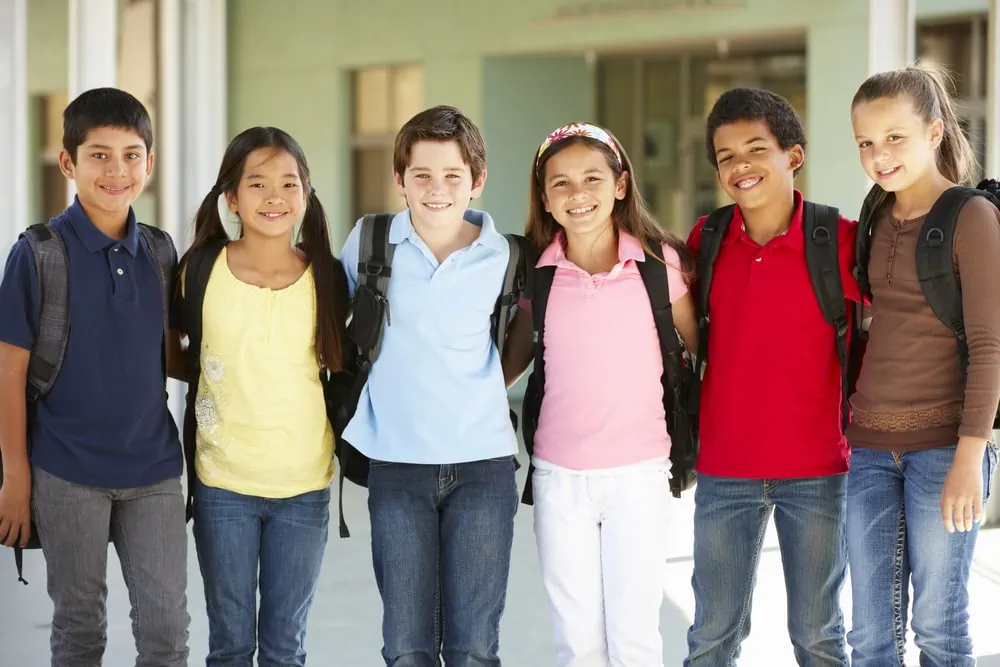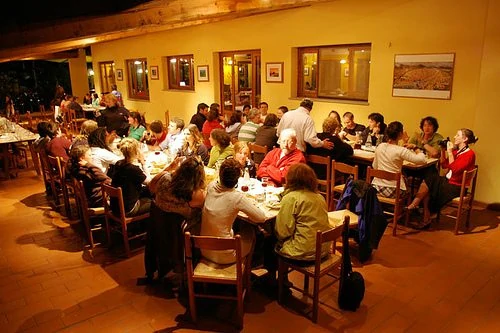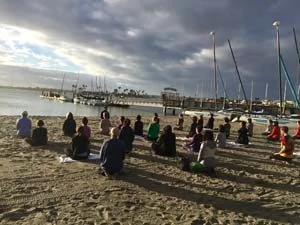Over the past several weeks, we’ve been looking at the principles that we developed Yoga Calm around: Stillness, Listening, Grounding, Strength, and, now, finally, Community. But although it’s the last principle, Community is central to the practice as a whole.
In fact, in the yogic tradition, community comes first. It’s there in the first yoga sutra, commonly translated as, “Now, let us study yoga.” The crucial word is “us.” Yoga is to be done in community. Safety and the support of others are needed for learning how to regulate and how to relate.
Moving together as a group promotes a sense of safety, cohesion, and connection, while simultaneously releasing tension so we can move to a place of calmness.
Amplifying Community, Building Trust
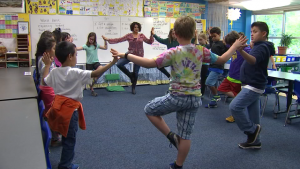
Through Community activities, we help children develop the skills and knowledge needed to create the kind of positive social groups that help all of us thrive. Meaningful connections with others require both intention and attention. Through these, trust is built, and we come to care for each other.
Expressing Emotion, Developing Empathy
When Charlie began coming to Yoga Calm classes, it was shortly after his mother had died in a tragic accident. Some of the other students knew of his loss.
One day after warm-ups, one of the sixth-grade boys, Jared, asked if he could lead a sequence of poses. He seemed to have something in mind, so I invited him to come to the front.
Before he began the practice, he turned to Charlie, looked him in the eye, and said, “I’m doing this yoga for your mother.”
The whole group grew silent in that moment of honoring. Their yoga was especially beautiful that day.
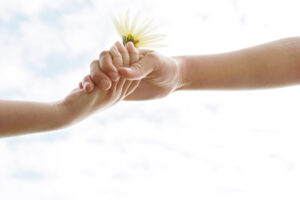
Through such experiences, students gain insight into the universal struggles of humanity and start to understand the value of community support in a deeper way.
Supporting & Challenging
Of course, communities can be challenging, too, and these challenges can be used in positive ways.
Students understand that a game of chess or checkers is more interesting if your opponent knows how to play and provides some competition. And they recognize that a race is more interesting if a friend is skilled and provides an incentive to improve.
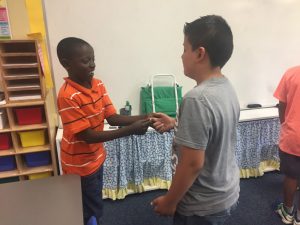
In fact, we need our families, neighbors, and friends to see our potential and call on us to do better. We need their feedback and sometimes even criticism. Still, there are times when criticism and challenging behavior need to be screened out.
For instance, the playground can be a harsh environment at times, particularly for students with social or emotional issues. Well-meaning teachers often coach students to ignore name-calling and other bullying behavior, but that can be hard to do. So Yoga Calm’s Community games also provide opportunities to practice effective responses to bullying and other negative behavior.
Empowering Lifelong Wellness Habits
Through its emphasis on Community and the other four principles we’ve reviewed in this series, Yoga Calm helps provide a safe and supportive setting in which to empower lifelong wellness habits for students and teachers alike. In this environment, our greatest potential can be realized.
All of the activities discussed through this series – and dozens more – are available in our book Yoga Calm for Children. And for even more ideas for community-building in the younger grades, check out our curriculum guide Life Skills for Little Ones.
Adapted from Yoga Calm for Children

